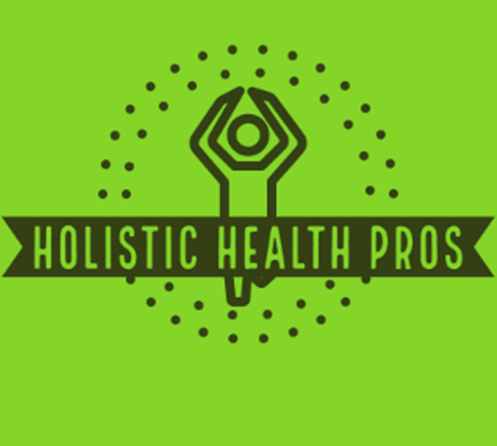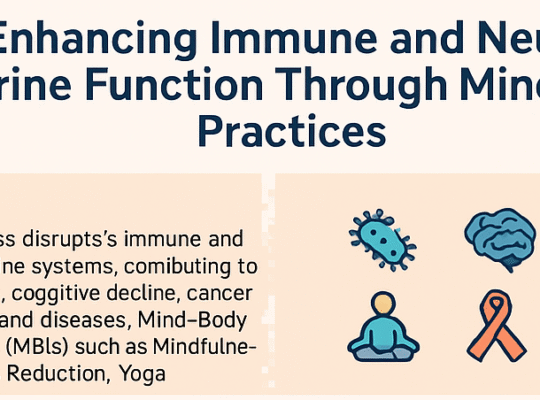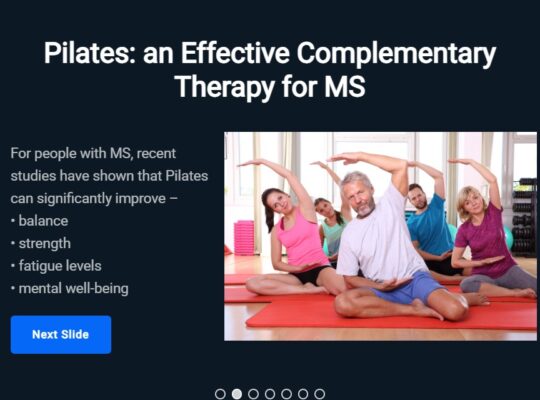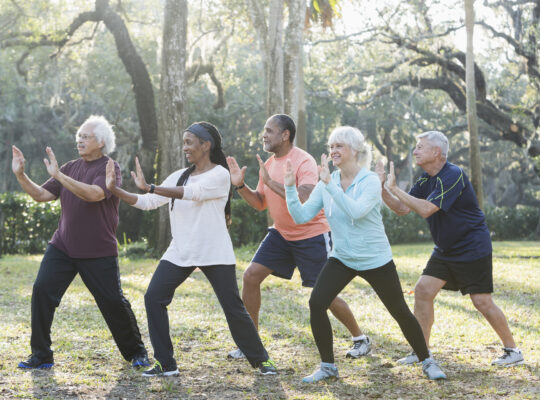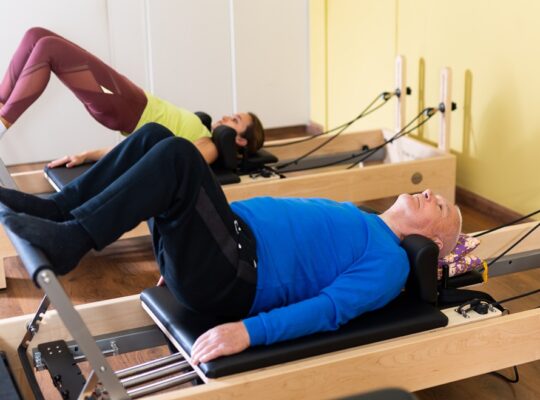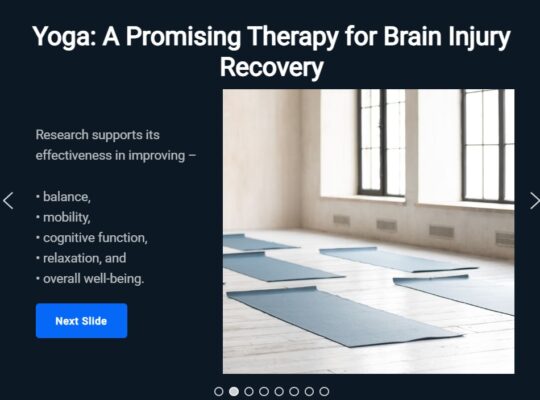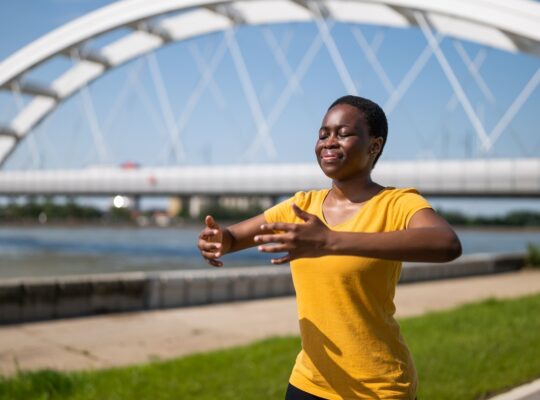![]() Watch the slideshow about the benefits of Yoga for brain injury recovery.
Watch the slideshow about the benefits of Yoga for brain injury recovery.
Class Frequency and Duration
- Session Length: 60-minute classes incorporating movement, breathwork, and meditation have been effective.
- Frequency: At least two sessions per week for eight weeks have shown significant improvements in balance, mobility, and self-reported occupational performance.
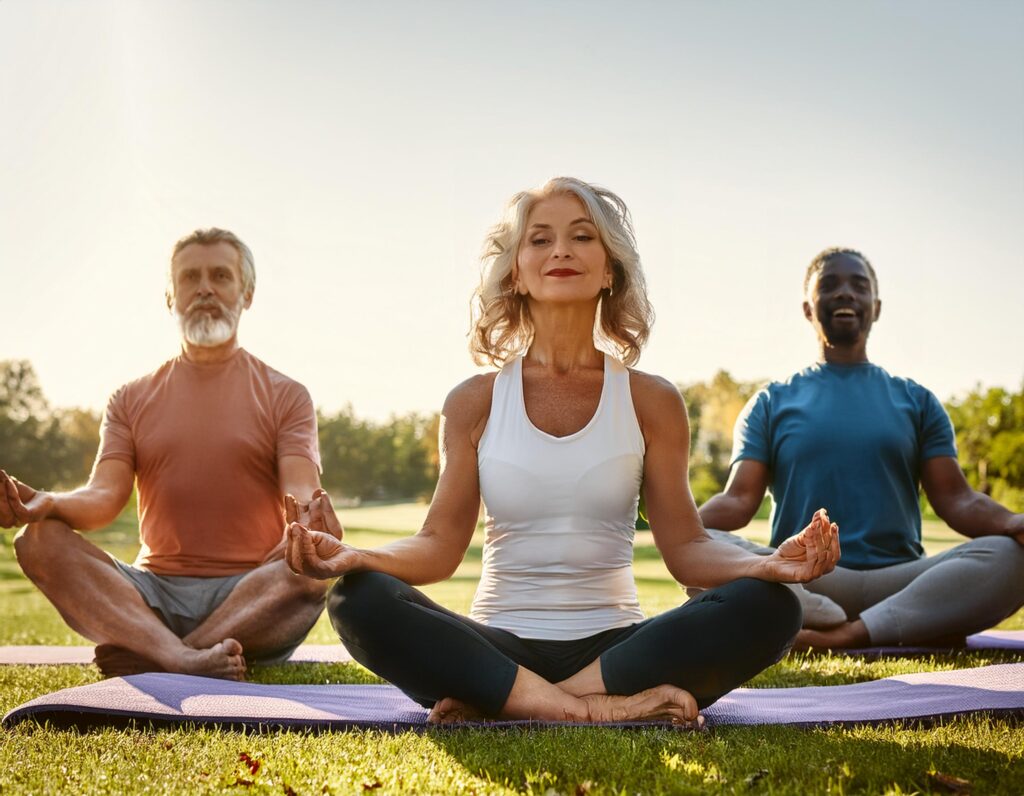
Key Components of a Brain Injury-Friendly Yoga Class
1. Gentle Asana (Postures)
- Seated or Chair Yoga: Ideal for individuals with mobility limitations.
- Standing Balance Poses (with support): Tree pose, Mountain pose, and Warrior pose improve postural control.
- Supine Poses: Gentle stretching while lying down prevents dizziness and fatigue.
2. Pranayama (Breathing Exercises)
- Diaphragmatic Breathing: Helps regulate the nervous system and reduce stress.
- Alternate Nostril Breathing: Supports cognitive function and focus.
- Extended Exhale Breathing: Demonstrated to improve relaxation and mood stability in TBI patients.
3. Meditation and Mindfulness
- Body Scan Meditation: Increases self-awareness and relaxation.
- Guided Visualization: Helps with emotional processing and stress reduction.
Adaptations for Different Levels of Ability
- Modify postures based on individual physical abilities, using props like chairs, bolsters, and straps.
- Provide options for seated meditation if lying down is uncomfortable.
- Use slow, simple, and repeated cueing to facilitate cognitive processing.
Implementing Yoga in a Rehabilitation Setting
A. Training Yoga Instructors for Brain Injury Care
- Ensure instructors have experience working with individuals with neurological conditions.
- Train in recognizing signs of fatigue and cognitive overload.
- Teach techniques for managing challenging behaviors through redirection and inclusion.
B. Creating a Safe and Supportive Environment
- Use calm lighting and minimal distractions.
- Keep class sizes small to provide personalized attention.
- Incorporate structured yet flexible instruction to accommodate individual needs.
C. Monitoring and Measuring Progress
- Use balance and mobility assessments before and after an 8-week program to track improvements.
- Utilize the Berg Balance Scale, 6-Minute Walk Test, and Canadian Occupational Performance Measure (COPM) to assess functional outcomes.
- Collect participant feedback to adjust sessions as needed.
Conclusion
Yoga is a highly adaptable and effective intervention for individuals recovering from brain injuries.
By improving physical stability, cognitive function, and emotional well-being, it serves as a complementary therapy to conventional rehabilitation.
Research supports its benefits in balance, mobility, pain reduction, and executive function. With proper adaptation, yoga can be integrated into both inpatient and community-based rehabilitation programs to enhance the quality of life for brain injury survivors.
